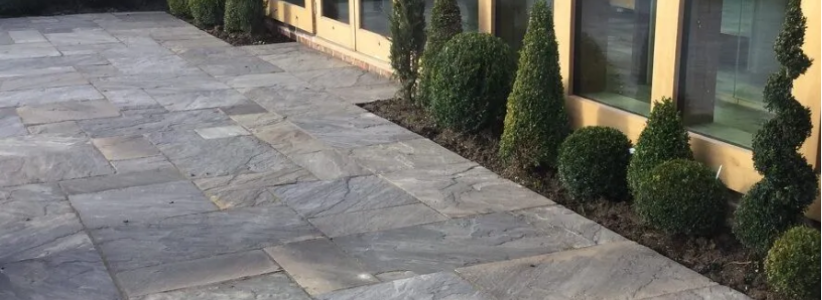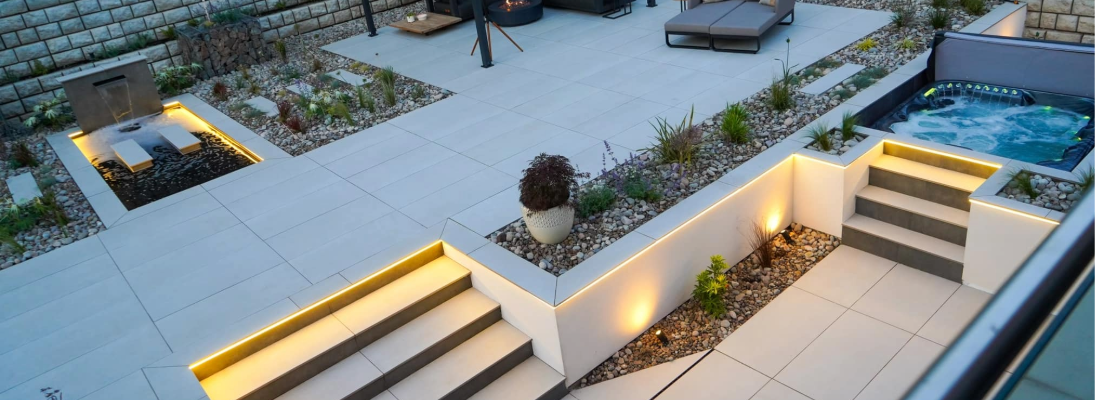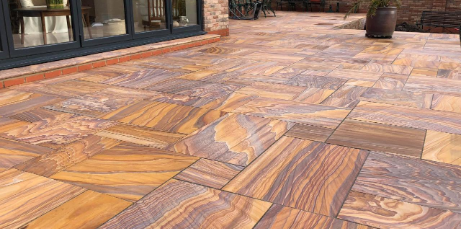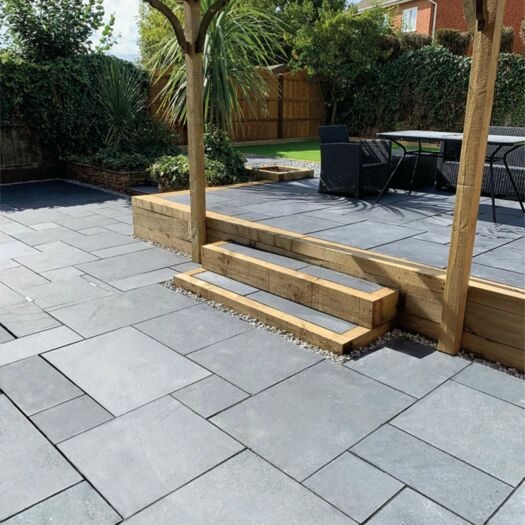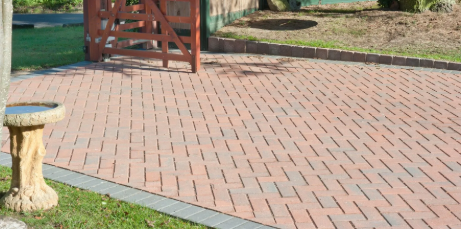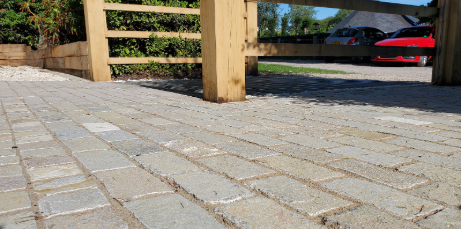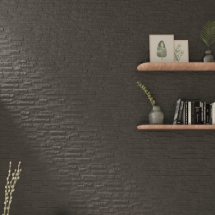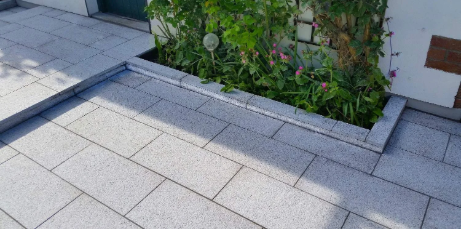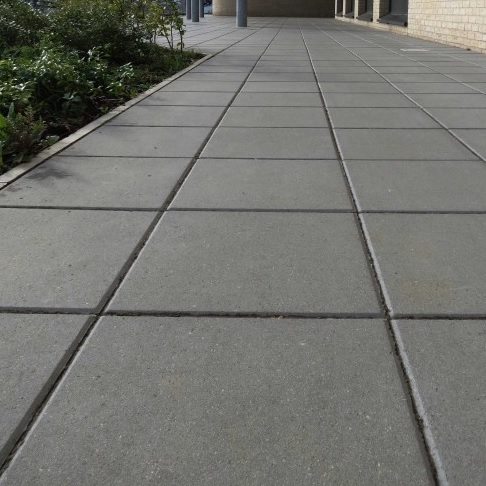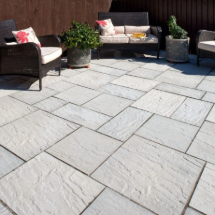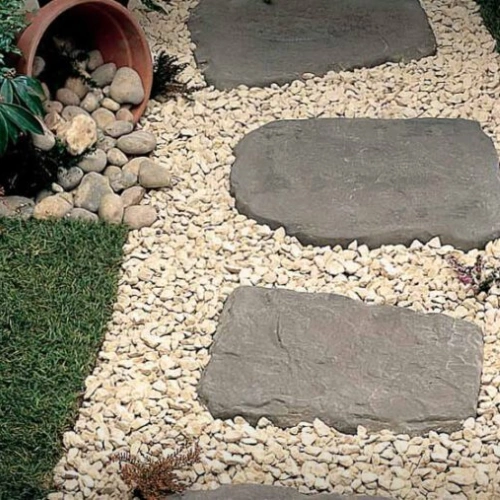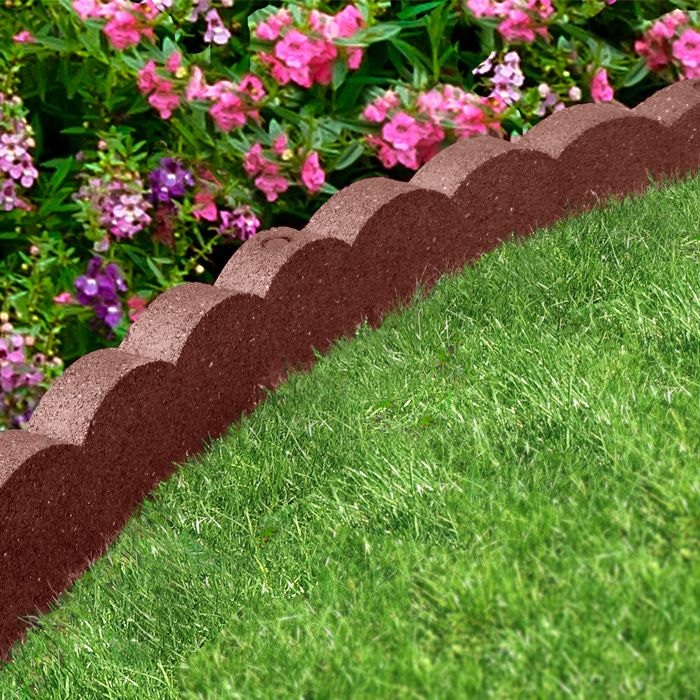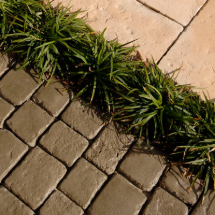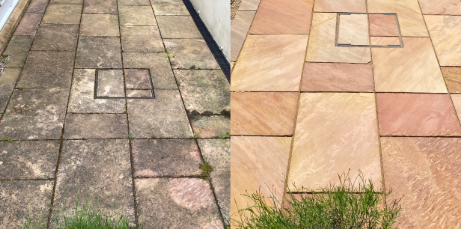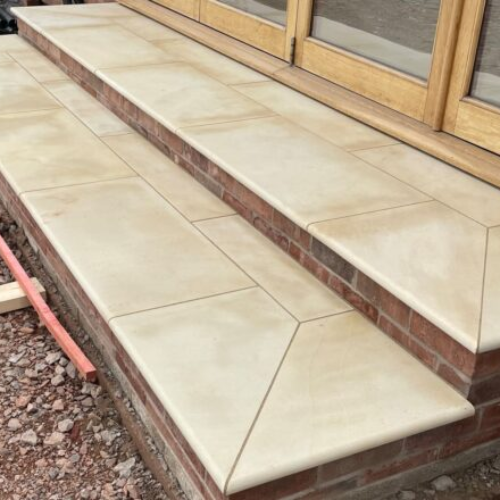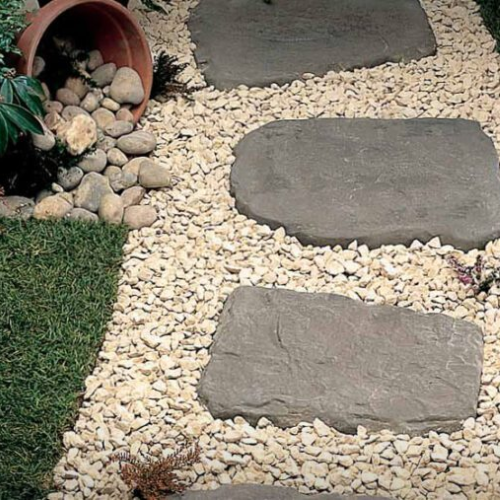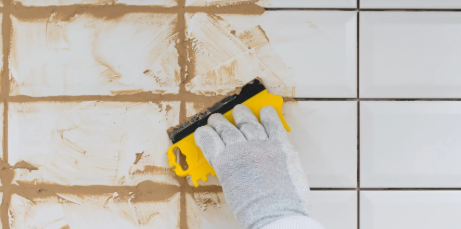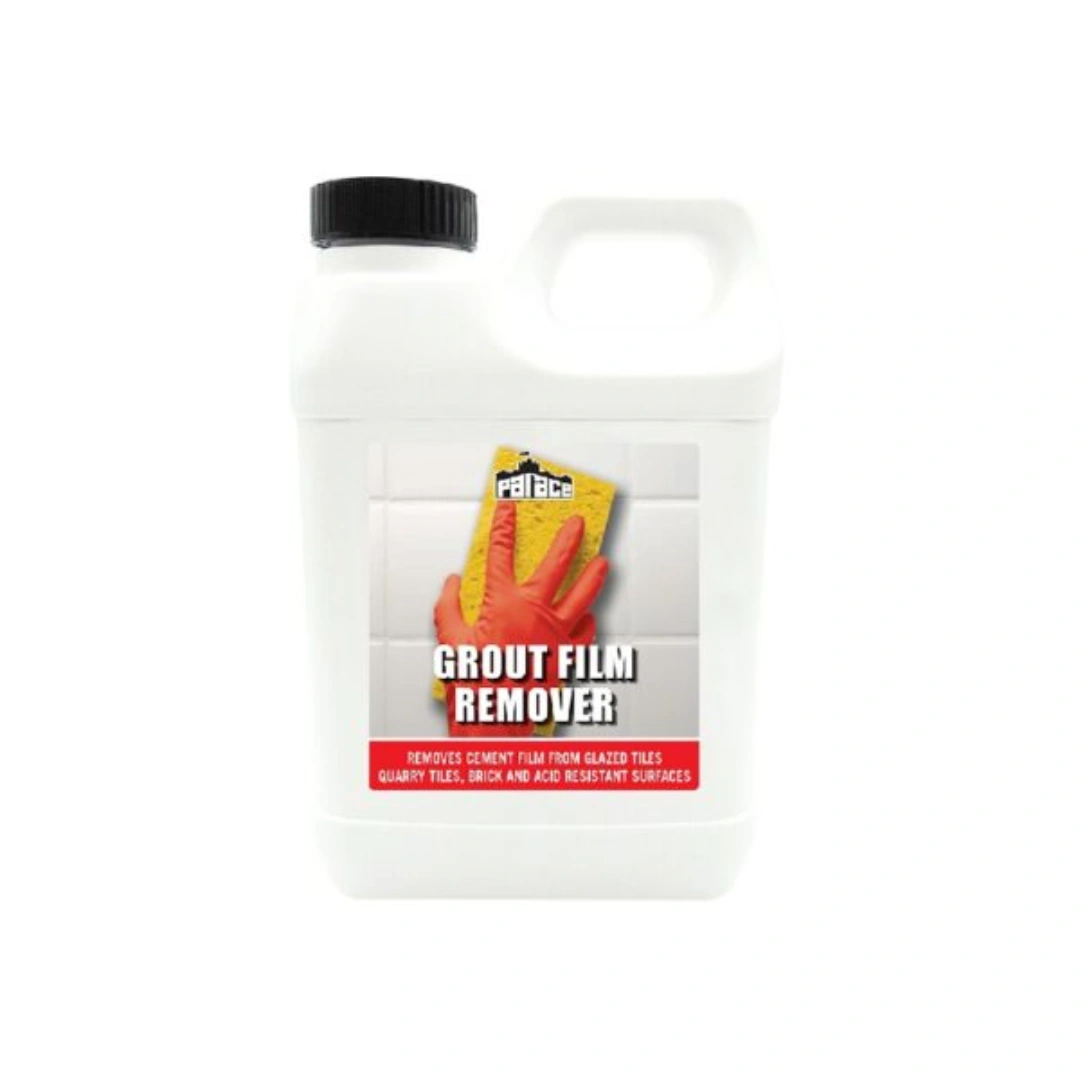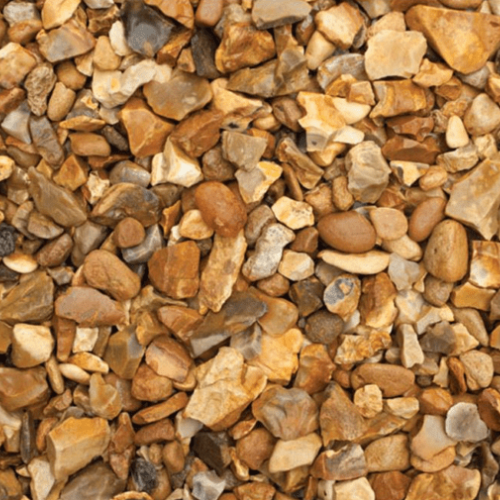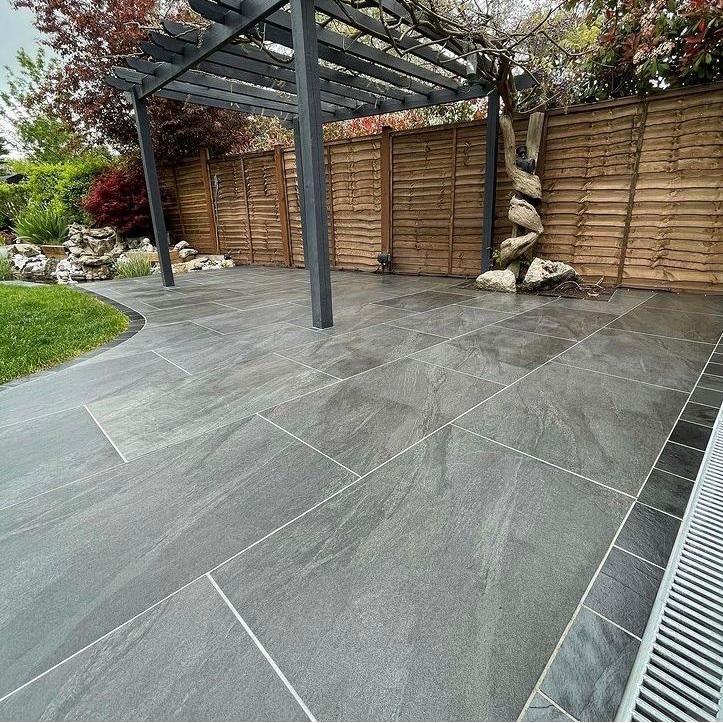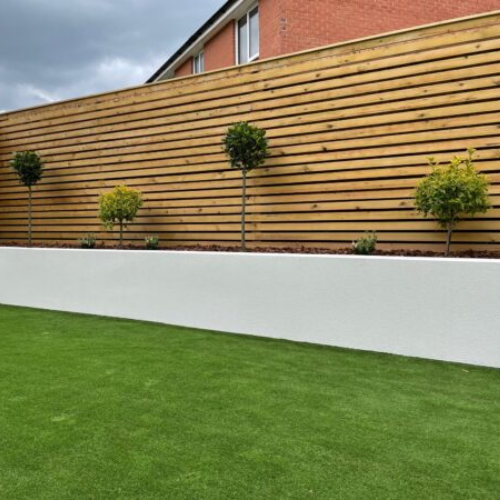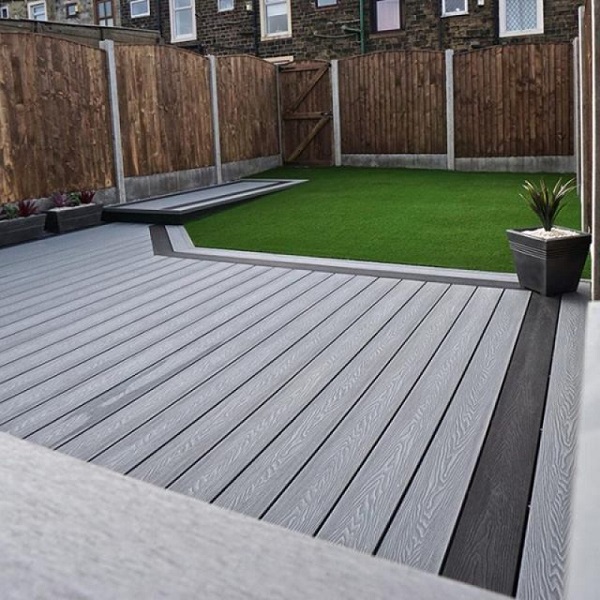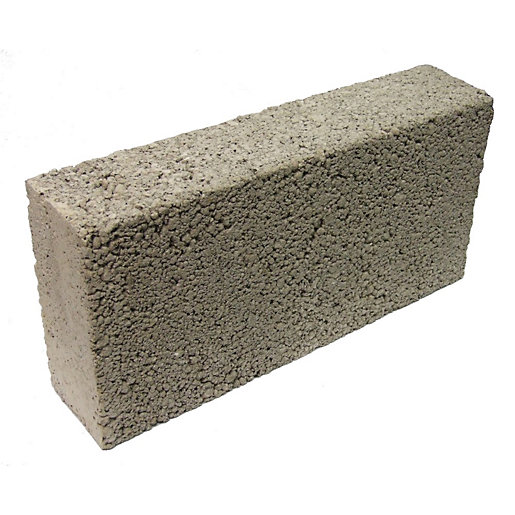1. What are the different types of paving?
We supply a wide variety of paving options including Indian Stone, Porcelain, Cobble Setts, Concrete, Granite Paving, Wall Cladding, Natural Stone Steps, Block Paving, and Edging to suit any garden style.
2. What are paving circles and how can I use them?
Paving circles are decorative circular features that create stunning focal points in your garden design. They work beautifully for patios, seating areas, or to add flow and interest to pathways.
3. How do edging and stepping stones enhance my garden?
Edging helps define boundaries and keeps your garden tidy by preventing grass and soil from encroaching on paved areas. Stepping stones add structure and charm, creating practical paths and visual interest.
4. Are porcelain slabs frost-resistant?
Porcelain slabs are a great choice for cold weather because they don’t absorb much water, so they won’t crack when it freezes.
They’re really tough and hold up well outdoors, even in winter. Just make sure they’re installed properly with good drainage and the right adhesive, and they’ll last for years.
5. Can your paving materials suit both modern and traditional garden styles?
Absolutely. Our range includes sleek porcelain for modern aesthetics and natural stone options for classic, timeless looks, giving you flexibility to match your personal style.
6. Do porcelain slabs fade over time?
As a results on the man-made properties for porcelain (sand and clay) porcelain colors maintain their appearance for years to come, with very little to no discoloration.
7. What is the difference between sandstone and Indian sandstone paving?
Compared to other types of sandstone, Indian sandstone is a much more affordable option which works in its favor if you are creating a sizable driveway, or a patio feature.
8. What are Cobble Setts?
Cobbles are versatile and charming additions to any outdoor space. You can use them to create cobble driveways, pathways, and garden borders. The natural appearance of cobble setts and their durability make them ideal for both residential and commercial projects.
9. What is edging and why is it important?
Edging helps to provide a clean, structured appearance; preventing materials like gravel or mulch from spreading.
